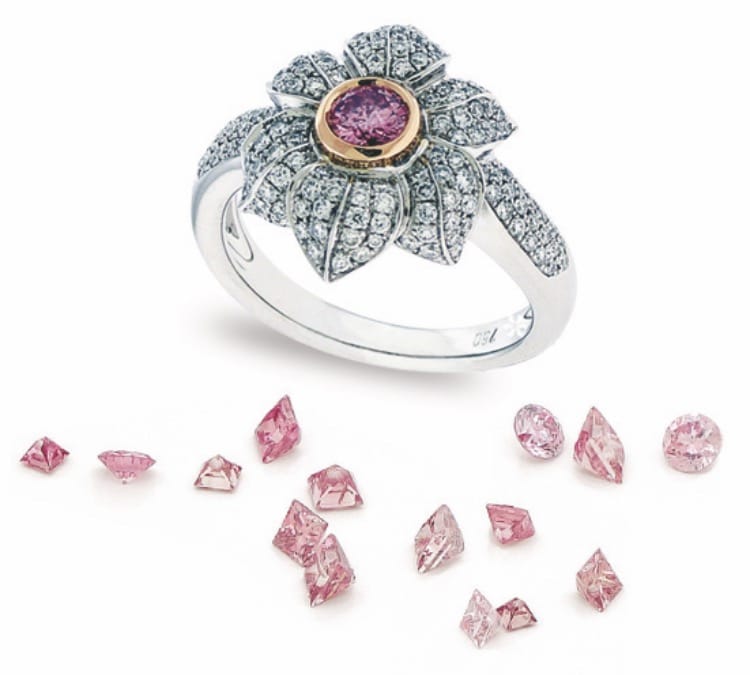Blog
“Big girls need big diamonds.”
– Elizabeth Taylor
If you have been lucky enough to feast your eyes on a pink diamond, then you will understand the appeal that these incredibly rare jewels possess. First discovered centuries ago, these gorgeous gems account for only 0.03% of the total production of diamonds worldwide. Because of their rarity, pink diamonds can be worth anything from ten to one hundred times more than its white counterpart.
Where do pink diamonds come from?
Naturally-occurring pink diamonds have been found all over the world including Brazil, India, Russia, Siberia, South Africa, Tanzania and Canada. However, more than 90% of them come from one location – the Argyle Diamond Mine owned by Rio Tinto in Western Australia.
Out of the 20 million carats that the Argyle Mine outputs every year, only 0.1% of these are classified as pink diamonds. After the diamonds are cut and polished, the total carats become smaller still, making these jewels infinitely precious. As such, the annual Argyle Pink Diamond Tender (where dealers can bid for the top 1%) tends to be a highly prestigious event, with jewellers and experts all competing for an invitation.
How do pink diamonds get their colour?
Pink diamonds are graded in the same way as other coloured diamonds (ranging from faint, very light and fancy light to fancy intense, fancy deep and fancy vivid). And, like other coloured diamonds, the stronger and more vibrant the colour, the more valuable the diamond.
However, unlike other coloured diamonds, scientists are still unsure what gives pink diamonds their vibrant hue. For example, we know that blue diamonds occur due to trances of boron and green diamonds happen as a result of displaced carbon atoms. When it comes to pink though, researchers are still scratching their heads.
Most believe that these diamonds didn’t start out pink, and the pink tint is caused when the diamond is subject to enormous pressure during its formation process. The excess pressure would, hypothetically, cause a deformation in the diamond which causes the stone to absorb light differently and emit a pink hue as a result.

